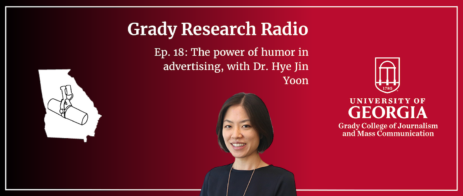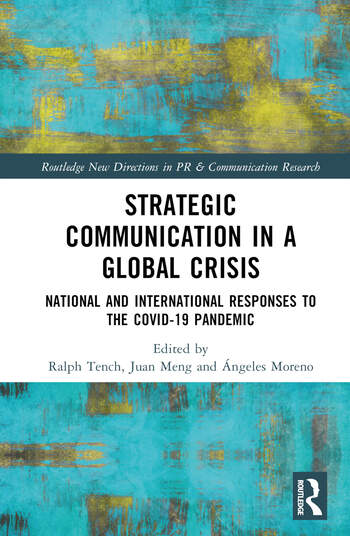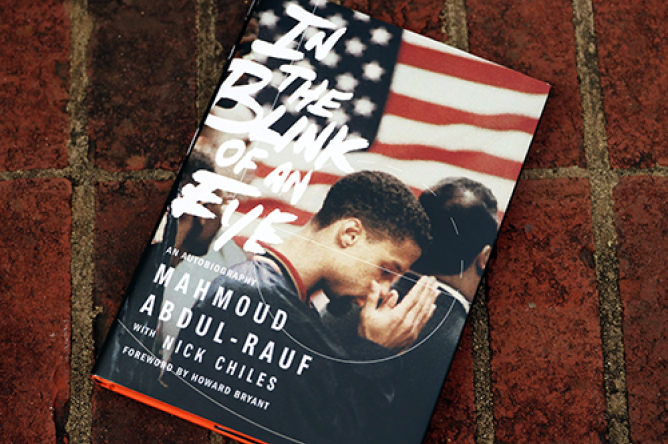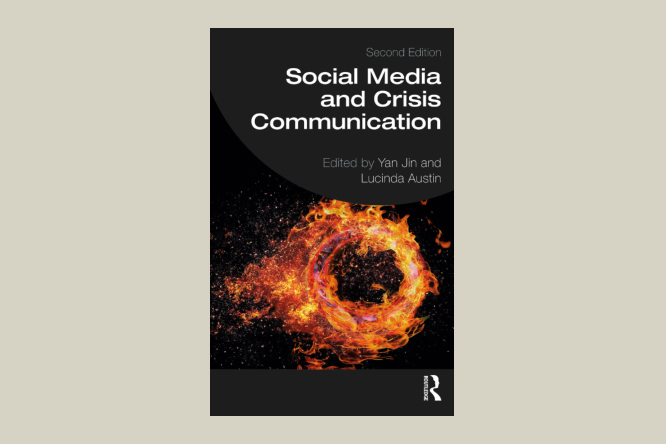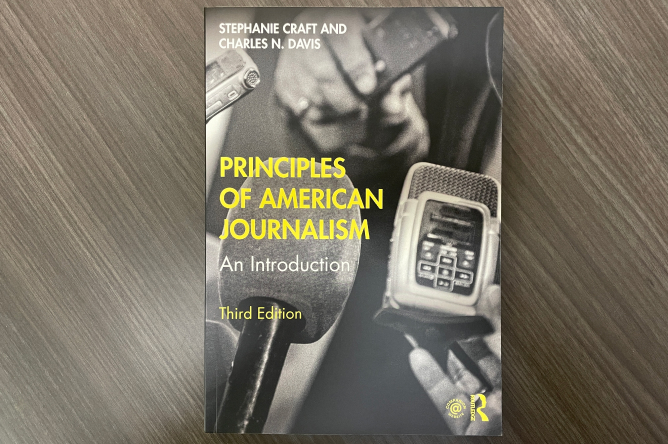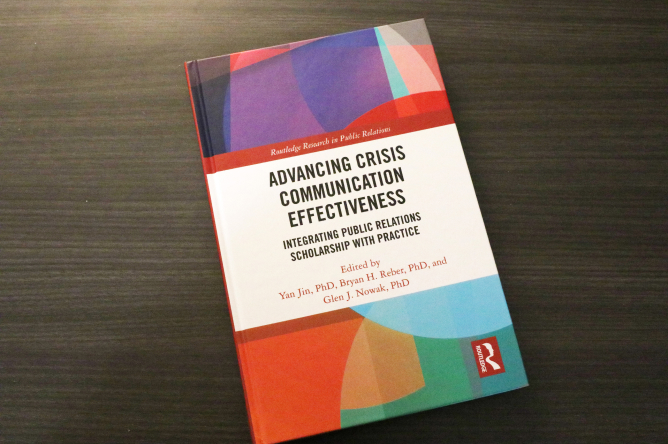Research
Grady Research

Research at Grady College
Pursuing effective messages and stories that have a broad impact.
Faculty and graduate students at Grady College are recognized for their innovative research, critical thinking and thought leadership. From global communication studies and press freedom, to communicating with virtual reality, eye tracking and social media listening, we are leaders in pursuing effective messages and stories that have a broad impact.
A few of our areas of specialty include:
Crisis communications — led by Dr. Yan Jin who also directs the Crisis Communication Think Tank.
Health & risk communications — led by Dr. Glen Nowak, one of the leading experts on communcations about vaccination acceptance.
Message testing — featuring our Psychophysiology Suite, which includes eye-tracking equipment, as well as measures for heart and brain response for visual and audio stimulus.
Social media analytics and emerging technologies — featuring our SEE Suite, a social media listening and analytics lab dedicated to studying the messages people are talking about online.
Virtual reality and augmented reality — led by Dr. Grace Ahn, who is directing a $3.3 million grant project right now testing the effectiveness of virtual reality in rewarding children for meeting physical fitness goals.
We invite you to review our areas of expertise and see how we can collaborate on your next project.
Research Articles
Grady Research Radio Podcast
Grady Research Radio highlights the research and expertise coming out of Grady College, advancing knowledge, innovation and creation in the fields of journalism, advertising, public relations, and entertainment and media studies. It is produced and hosted by Jackson Schroeder, public relations specialist at Grady College.
Listen on Apple Podcasts, Spotify or Stitcher.
The Latest
Read the newest headlines, get updates and discover events happening at Grady.


